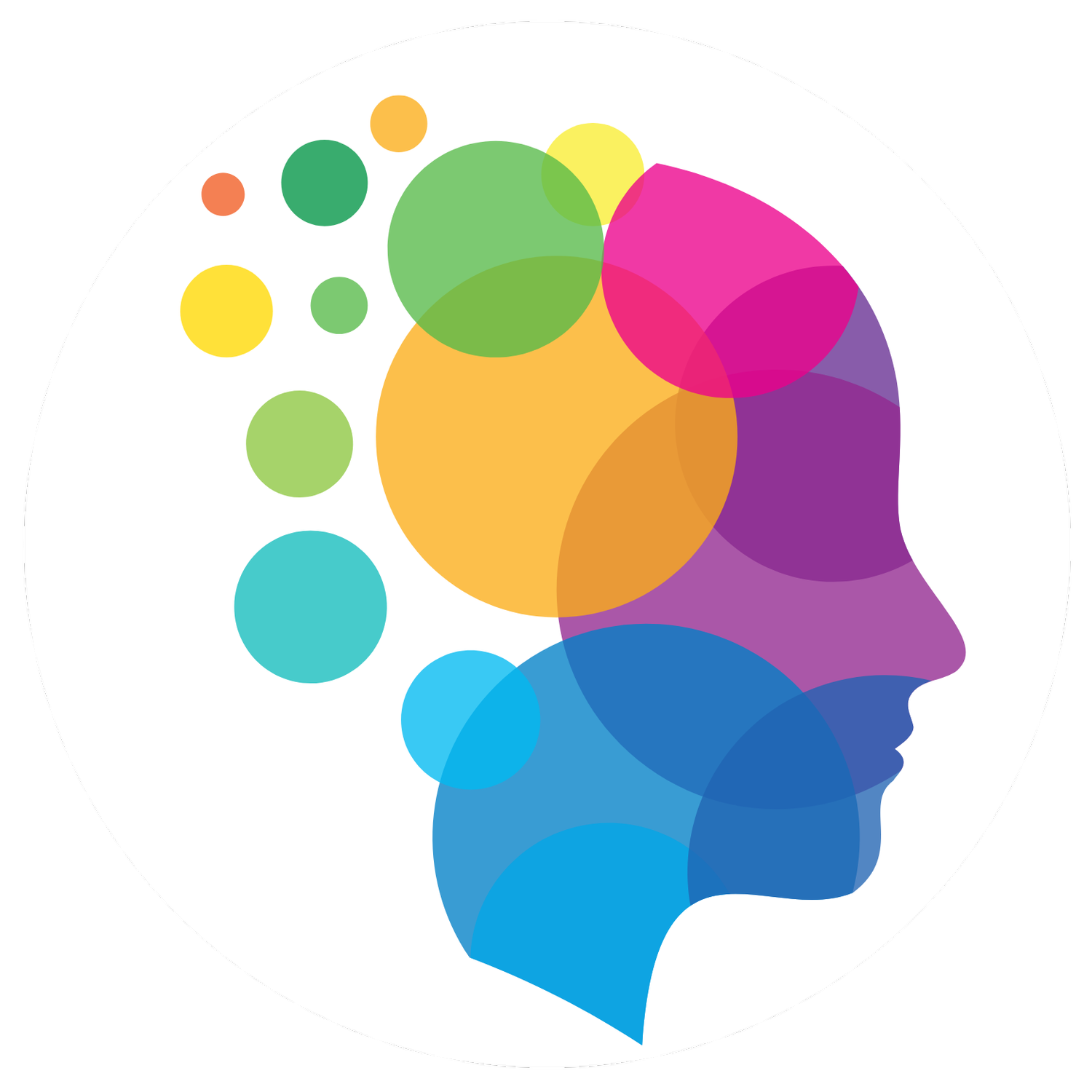Language
Language is the use of sounds, signs, or written symbols to communicate and express ourselves. It requires knowledge and understanding of grammar, sentence structure, word meaning, vocabulary, etc., as well as non-speaking communication skills, such as facial expressions and gestures. We can break language down into two broad types:
Receptive Language
This refers to our understanding of language, such as following instructions and understanding questions, concepts, and stories.
Expressive Language
This refers to our use of language to express our ideas, thoughts, and feelings, communicate our wants and needs, connect socially with others, and convey information.
language acquisition
There are different ways of processing and developing language, and although language is complex and not so clear-cut, it is likely that we all use a mixture of the following two styles, with one usually being more prominent than the other:
Analytic Language Development
Children who are analytic language processors are what most commonly comes to mind when we think of language development (e.g., “first words” and milestones charts). These children learn single words before they start combining them to create phrases and later, sentences. As they develop, they acquire grammar and start forming more complex sentences.
Gestalt Language Development
Children who are gestalt language processors learn language in whole “chunks” first and then begin to process single words later. They use what is often referred to as echolalia (gestalts) to communicate messages in the early stages of their development. Gestalt language processors are tuned into the intonation of language, and as they develop they learn to break apart the gestalts into smaller chunks (a process known as mitigation) and then into single words. From there, children can combine phrases and words to create novel sentences and use grammar. Many autistic children are gestalt language processors, however not all gestalt language processors are autistic!
components of language
There are five broad domains of language:
Pragmatics
The social use and functions of language, e.g. to ask questions, greet people, share ideas, etc.
Semantics
The meaning of language, i.e. knowing the meaning of words and how to form new words.
Syntax
Sentence structure, i.e. making well-formed, grammatical sentences.
Morphology
Grammar skills, i.e. understanding the parts of words, such as prefixes, suffixes, and base words.
Phonology
The sounds of language, i.e. how sounds are organised in our minds and used to convey meaning.
Language differences
When children experience language differences, they may need support with:
Understanding and using a variety of words
Following directions or long instructions
Putting their thoughts into words and finding the right words to say
Creating coherent sentences
Remembering what people say
Gestalt language processors
Gestalt language processing has its own distinct developmental milestones, or ‘stages.’ These are:
Stage 1 – Echolalia
Stage 2 – Mitigated gestalts
Stage 3 – Single words
Stage 4 – Beginning grammar
Stages 5-6 – Complex sentences & advanced grammar
Although some children move through these stages independently without intervention, some children can become ‘stuck’ in earlier stages and have difficulty effectively meeting their everyday communicative needs. These children may benefit from support to move through the stages of natural language acquisition and produce more self-generated language.
If you feel concerned about your child's language development, contact us for a free phone consultation.
Helpful webpages
Understanding Language Disorders

